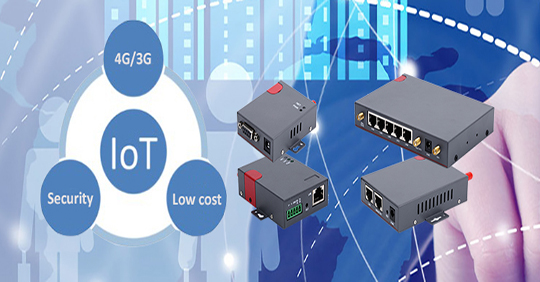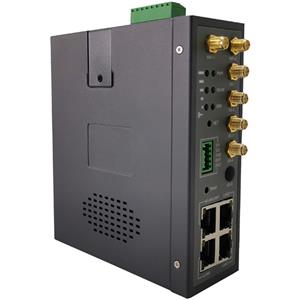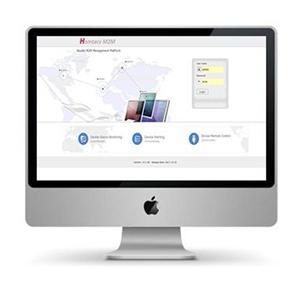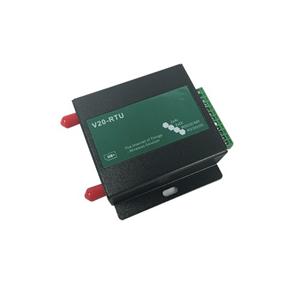Seven core performance of industrial routers
Seven core performance of industrial routers

The 4G Industrial Router is a wireless data transmission function that provides users with a public wireless network. How to choose a good industrial router is not that simple, so what is the performance of a good industrial router? The following German technology will tell you more about the seven core performance of industrial routers!
1, throughput
Throughput is the packet forwarding capability of the core router. Throughput is related to the number of router ports, port rate, packet length, packet type, route calculation mode (distribution or concentration), and test methods. It generally refers to the processor's ability to process packets. High-speed routers have a packet forwarding capability of at least 20 Mpps.
2, routing table capabilities
Routers typically rely on established and maintained routing tables to determine packet forwarding. The routing table capability refers to the limit of the number of routing entries in the routing table. Since the core routers that implement BGP on the Internet usually have hundreds of thousands of routing entries, this project is also an important manifestation of router capabilities. In general, a high-speed core router should be able to support at least 250,000 routes, providing an average of at least 2 paths per destination address. The system must support at least 25 BGP peers and at least 50 IGP neighbors.
3, backplane ability
The backplane refers to the physical path between the input and output ports. The backplane capability is the internal implementation of the core router. The traditional core router adopts the shared backplane, but as a high-performance router, it will inevitably encounter congestion problems. Secondly, it is difficult to design a high-speed shared bus. Therefore, the existing high-speed core router is generally adopted. The design of the interchangeable backplane. Backplane capability can be reflected in router throughput, and backplane capability is typically greater than the value calculated based on throughput and test packet length. However, the backplane capability can only be reflected in the design and generally cannot be tested.
4, back to back frame number
The number of back-to-back frames refers to the number of packets when the maximum number of packets are sent at the minimum frame interval without causing packet loss. This metric is used to test core router caching capabilities. A core router with wire-speed full-duplex forwarding capability, the indicator value is infinite.
5, packet loss rate
The packet loss rate refers to the proportion of packets that cannot be forwarded by the core router due to lack of resources in the packets that should be forwarded under a stable continuous load. The packet loss rate is often used to measure the performance of the core router when the router is overloaded. The packet loss rate is related to the packet length and the packet transmission frequency. In some environments, route jitter or a large number of routes can be added for test simulation.
6, delay
The delay is the time interval between the first bit of the packet entering the router and the last bit being output from the core router. This time interval is the processing time of the core router working in the store-and-forward mode. The latency is related to both packet length and link rate and is typically tested within the router port throughput range. The delay has a great impact on network performance. As a high-speed router, in the worst case, the IP packet delay of 1518 bytes and below is required to be less than 1 ms.
7, delay jitter
Delay jitter is the change in delay. Data services are not sensitive to delay jitter, so this indicator is usually not an important indicator for measuring high-speed core routers. For other services except IP, such as voice and video services, this indicator has the necessity of testing.
The above is the details of the seven core performances of industrial routers introduced by Homtecs M2M Technology. I hope to help you!




